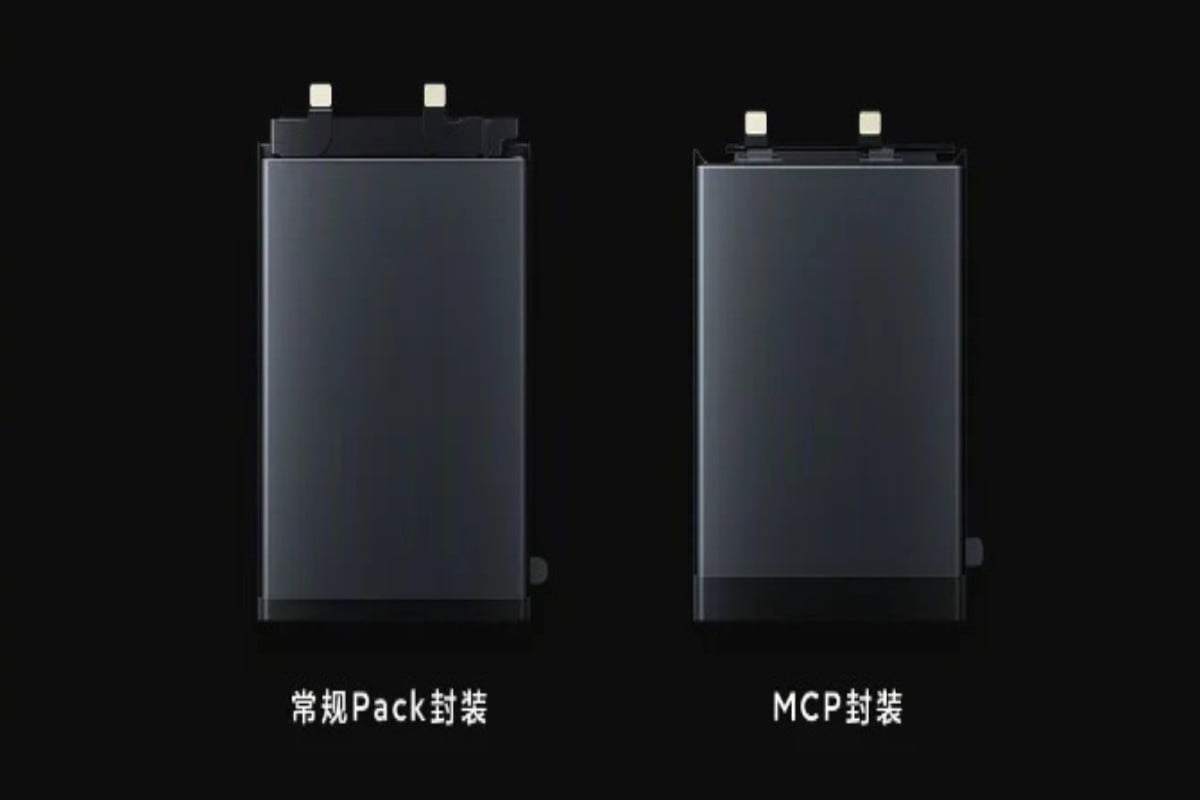
One of the world’s leading smartphone manufacturers Xiaomi has just announced a new innovation in battery technology that will help in reducing its size by 10%. This would allow for the batteries to be denser under the same volume and will increase the battery life by somewhere around 100 minutes. The news went viral through Twitter, and dedicated users of the company can expect better battery technology in upcoming Xiaomi smartphones.
Details About the New Technology
According to the reports, the new generation battery technology features “battery-level high-silicon lithium supplement technology” for the first time. This helps in increasing the silicon content by three times. The alignment of the Protection Circuit Module (PCM) is also responsible for the reduction in the space of the new battery. According to the Chinese smartphone giant, the PCM in the battery doesn’t lie fat anymore; rather, it is kept at a right angle to the battery cell resulting in saving some space.
Moreover, the battery has been furnished with a unique ‘fuel gauge’ chip. The fuel gauge chip, with the help of self-developed algorithms and analysing underlying data, offers enhanced safety to the battery. The new breakthrough technology from Xiaomi also focuses on the nighttime behaviour of the battery in order to avoid a long-term full charge state so as to prevent faster ageing of the battery. In addition to this, one of the most prominent discoveries is that the battery can detect a high-temperature environment and can adjust its own temperature accordingly.
As per the rumours, the mass production of the latest battery technology will begin in the latter half of 2022, which would mean that the Xiaomi smartphones arriving next year can witness the latest benchmark in battery technology. It was also reported earlier that Xiaomi is currently working on 100W fast-charge technology that will not only focus on increasing charging time but will also work on growing battery longevity.















